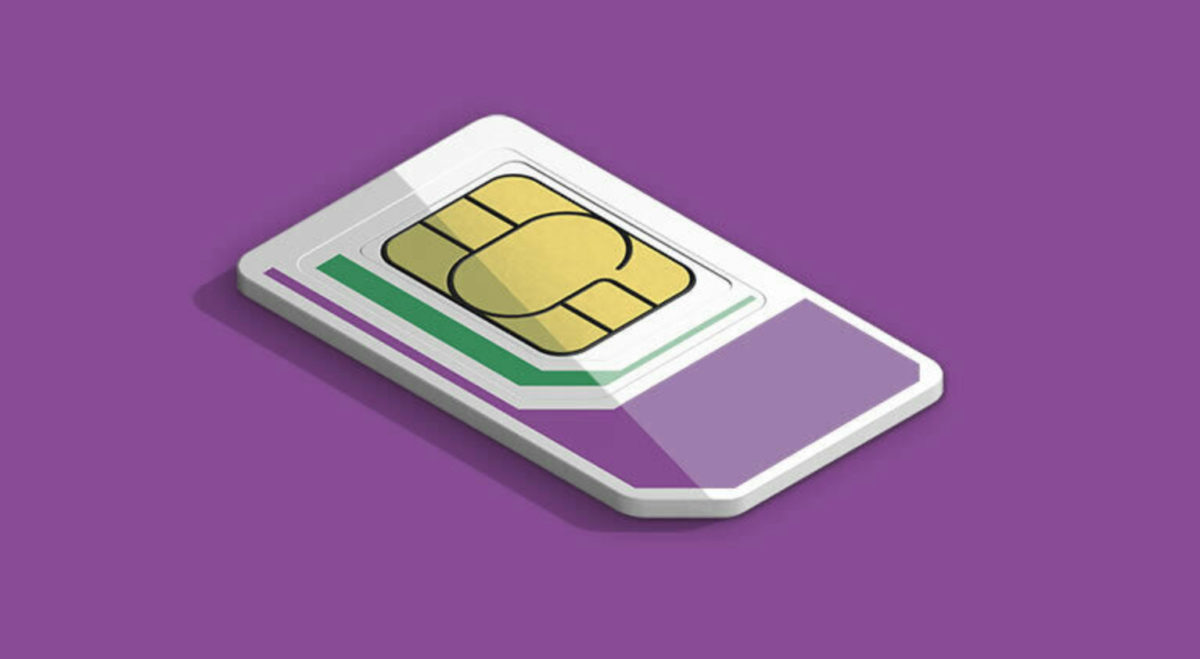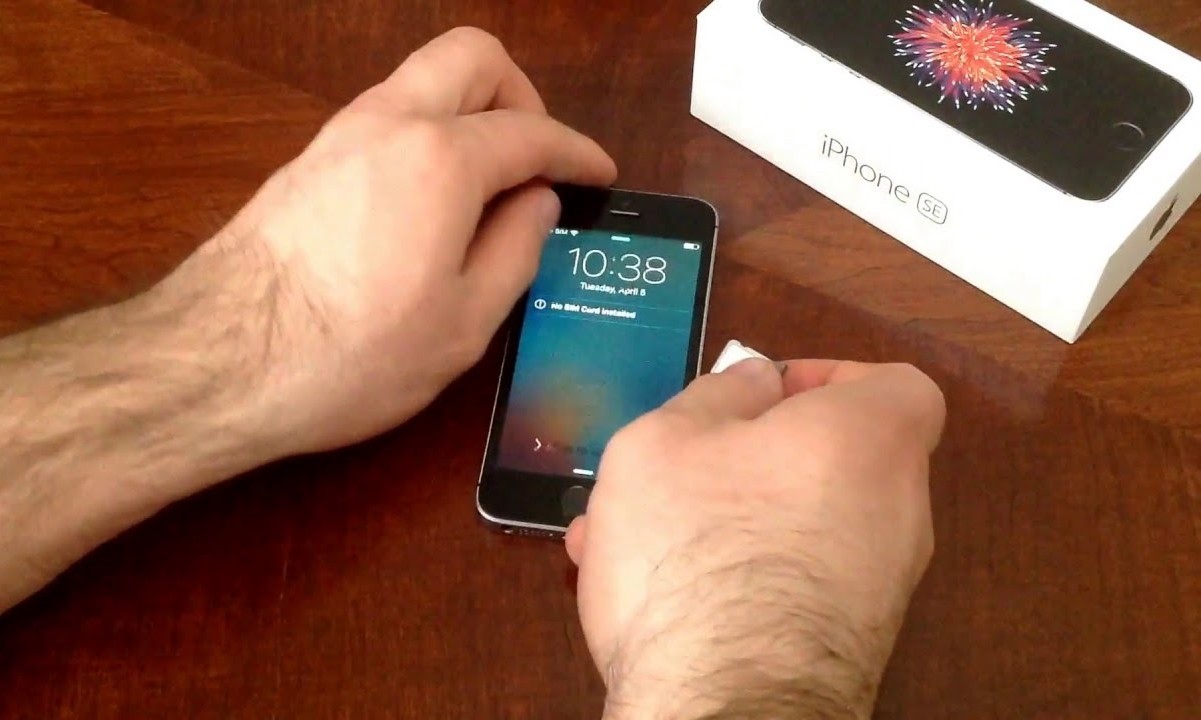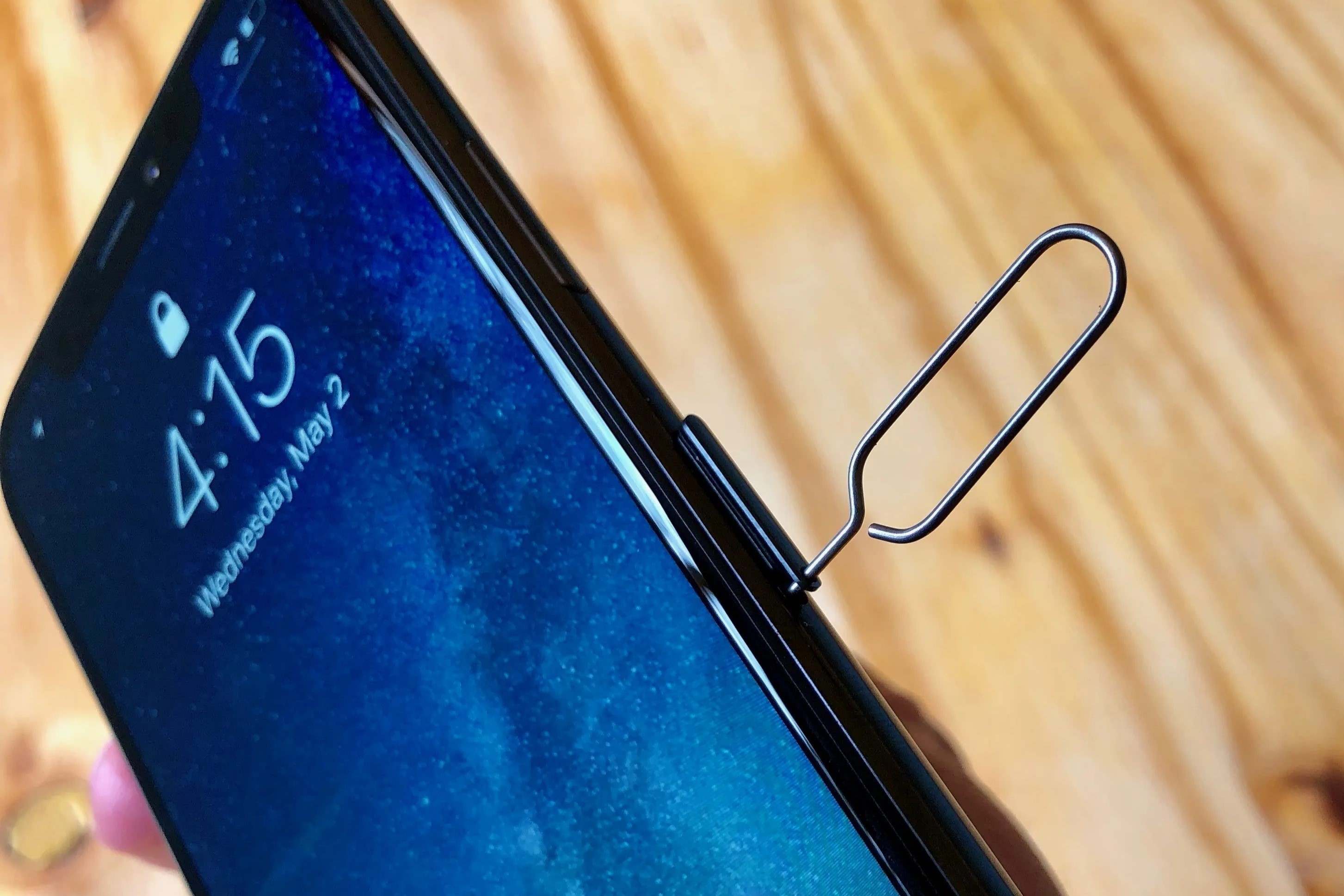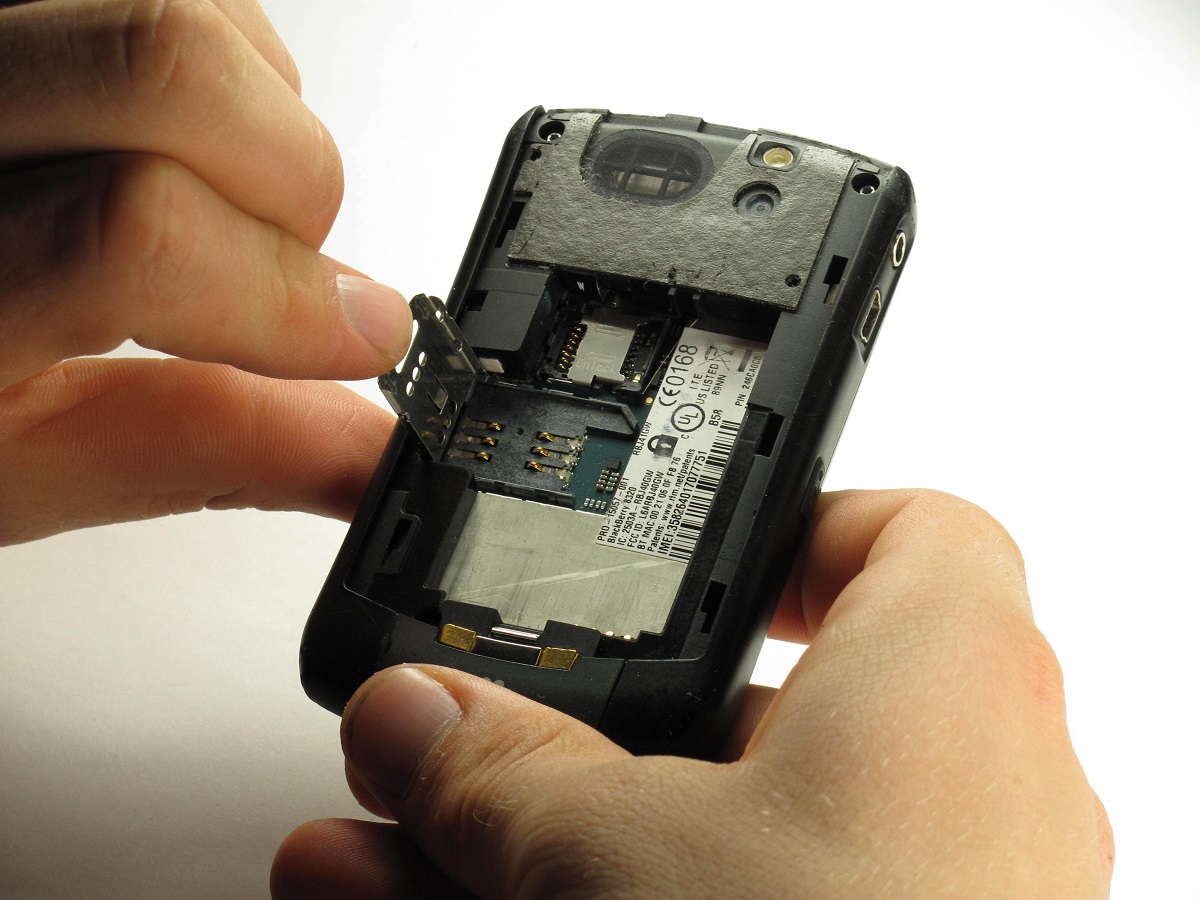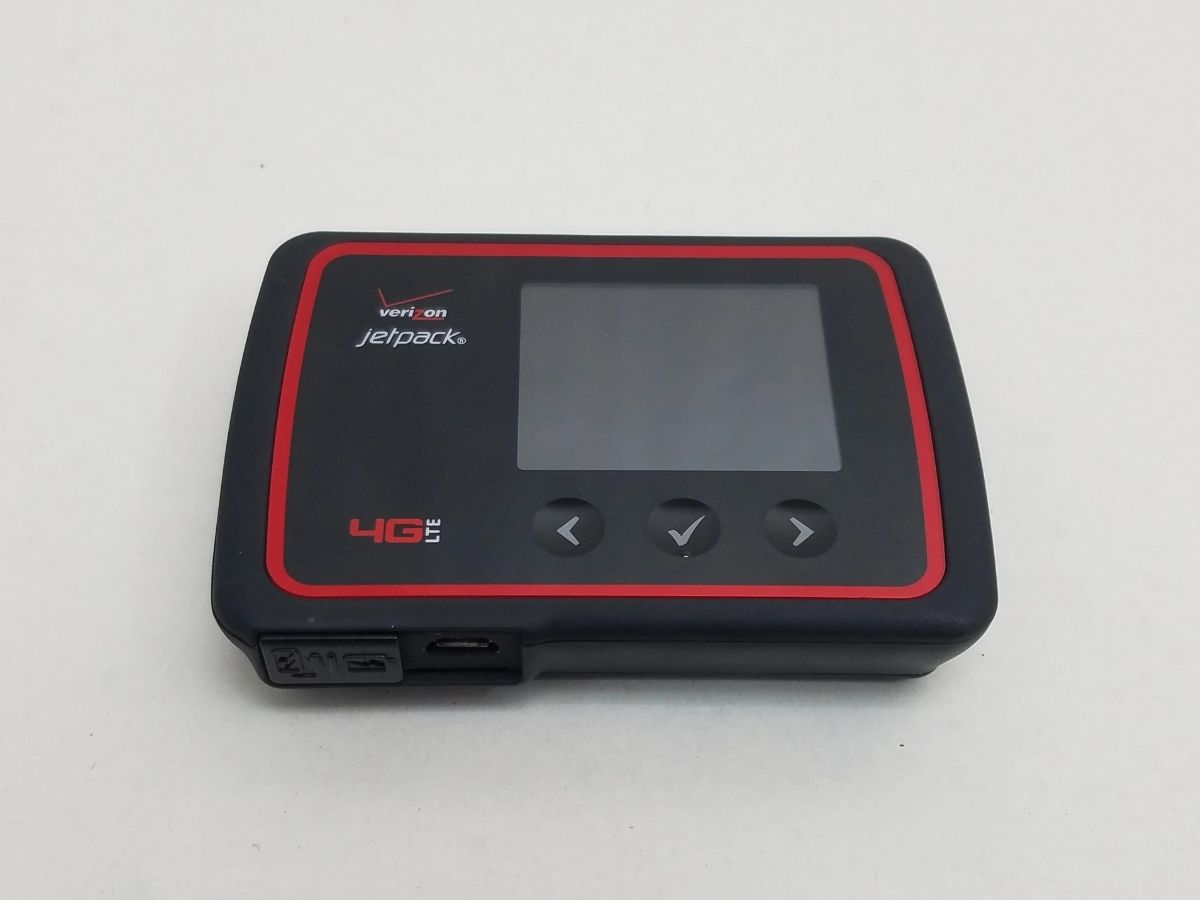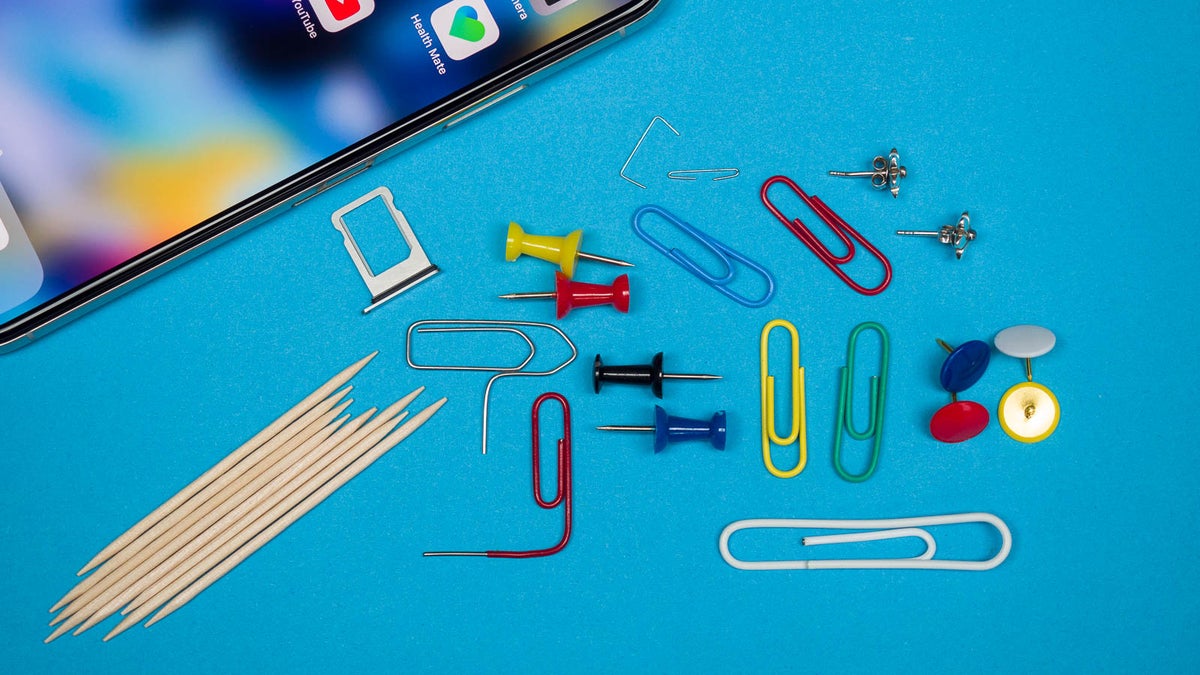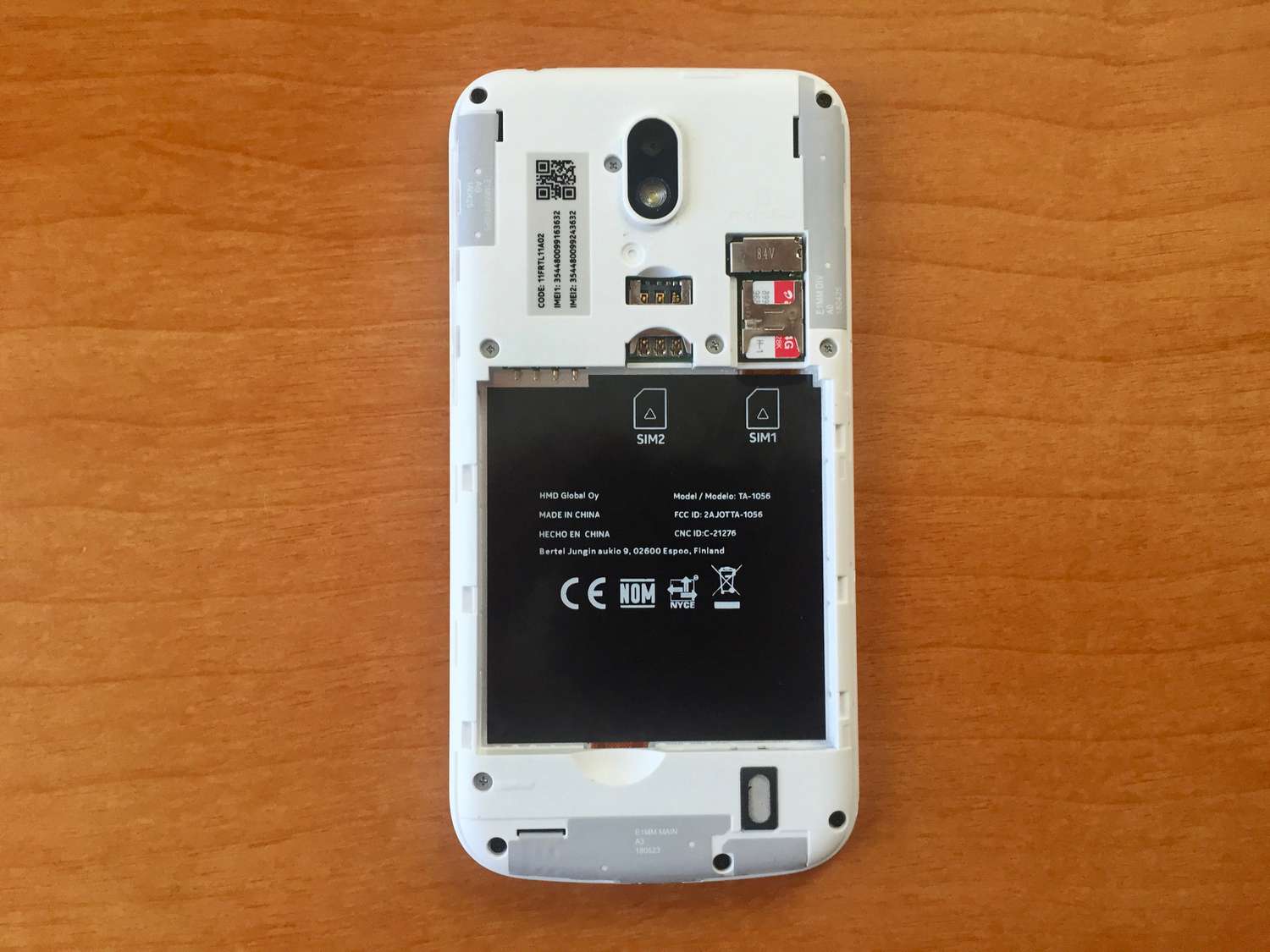Introduction
When it comes to our mobile devices, there are times when we need to switch to a new phone, whether it's due to an upgrade, a replacement, or a change in service provider. One crucial aspect of this process is safely extracting the SIM card from the old device. The Subscriber Identity Module (SIM) card is a small, yet vital component that stores important information such as contacts, messages, and network authentication data. As such, it's essential to handle it with care to ensure a smooth transition to the new device.
In this comprehensive guide, we'll walk you through the step-by-step process of safely extracting your SIM card from your current device. By following these instructions, you can avoid potential damage to the SIM card and the device itself, and ensure that your valuable data remains intact. Whether you're a seasoned tech enthusiast or a newcomer to the world of mobile devices, this guide will equip you with the knowledge and confidence to perform this task with ease.
So, let's gather the necessary tools and embark on this journey to safely extract your SIM card, ensuring a seamless transition to your new device.
Step 1: Gather the necessary tools
Before embarking on the process of extracting your SIM card, it's essential to gather the necessary tools to ensure a smooth and hassle-free experience. Here's what you'll need:
-
SIM Card Removal Tool: This small, metal tool is specifically designed for ejecting the SIM card tray from your device. It typically comes with your smartphone's original packaging or can be obtained separately from a mobile accessories store. If you can't find the original tool, a straightened paperclip can serve as an alternative, but it's important to exercise caution to avoid causing any damage to the device.
-
Adequate Lighting: While this may seem trivial, having sufficient lighting is crucial for clearly identifying the SIM card slot on your device. Whether you're indoors or outdoors, good lighting will help you locate the slot and ensure that you can safely remove the SIM card without any mishaps.
-
Stable Work Surface: It's important to work on a stable and flat surface to avoid any accidental drops or damage to the device. A desk or table with ample space and minimal clutter is ideal for performing this task.
-
Patience and Care: While not physical tools, patience and care are essential components of this process. Rushing or applying excessive force can lead to damage to the SIM card or the device itself. By approaching the task with a calm and steady mindset, you can ensure that the extraction is carried out smoothly and without any issues.
By ensuring that you have these tools at your disposal, you'll be well-prepared to proceed with the subsequent steps of safely extracting your SIM card. With the necessary tools in hand, you're ready to power off your device and begin the process of locating the SIM card slot.
Step 2: Power off your device
Before proceeding with the extraction of your SIM card, it's crucial to power off your device to ensure the safety of both the device and the SIM card itself. This step is essential as it minimizes the risk of damaging the SIM card or interfering with the device's functionality during the extraction process.
To power off your device, follow these simple steps:
-
Locate the Power Button: The power button is typically located on the side or the top of the device, depending on the make and model. It is often distinguished by a small icon indicating the power symbol.
-
Press and Hold the Power Button: Press and hold the power button until the power-off menu appears on the screen. This menu usually includes options such as "Power Off," "Restart," or "Emergency Mode."
-
Select "Power Off": Once the power-off menu is displayed, tap on the "Power Off" option to initiate the shutdown process. Depending on the device, you may be prompted to confirm the action before the device powers down completely.
-
Wait for the Device to Power Off: After selecting "Power Off," wait for the device to shut down entirely. This is indicated by the screen turning off, and any indicator lights or display elements ceasing to function.
-
Verify the Device is Powered Off: To ensure that the device is completely powered off, you can briefly press the power button again to check for any signs of activity. If the device remains unresponsive, it has been successfully powered off.
By following these steps, you can safely power off your device in preparation for the next phase of the SIM card extraction process. This simple yet crucial step helps mitigate the risk of accidental damage to the SIM card or the device, setting the stage for a smooth and successful extraction process.
With the device powered off, you're now ready to proceed to the next step: locating the SIM card slot on your device.
Step 3: Locate the SIM card slot
Locating the SIM card slot is a crucial step in the process of safely extracting your SIM card. The SIM card slot is where the SIM card is housed within your device, and it varies in location depending on the make and model of your smartphone. Here's a detailed guide to help you locate the SIM card slot on your device:
-
Consult the Device Manual: If you're unsure about the location of the SIM card slot on your device, referring to the device manual can provide valuable insights. The manual typically includes illustrations or descriptions of the device's physical features, including the SIM card slot and its precise location.
-
Examine the Device Exterior: Start by visually inspecting the exterior of your device. The SIM card slot is commonly located on the side of the device, often near the top or bottom edge. In some cases, it may be situated on the back panel, requiring the removal of a cover or tray to access it.
-
Use Good Lighting: Adequate lighting is essential for this step. Ensure that you are in a well-lit environment, whether indoors or outdoors, to clearly identify the SIM card slot. Direct light can help reveal the small indentation or tray that houses the SIM card.
-
Look for the SIM Card Icon: Many devices feature a small icon near the SIM card slot, depicting a SIM card or a tray with a hole. This visual indicator can help you pinpoint the precise location of the slot, making it easier to proceed with the extraction process.
-
Check for Ejection Mechanisms: Some devices have a visible pinhole or a small tray ejection mechanism near the SIM card slot. This mechanism is designed to accommodate the SIM card removal tool and facilitate the extraction process. Identifying this feature can guide you to the exact location of the SIM card slot.
-
Exercise Caution: While locating the SIM card slot, handle the device with care to avoid accidental damage. Avoid applying excessive pressure or using sharp objects to probe the device, as this can lead to unintended harm.
By carefully following these steps and taking the time to locate the SIM card slot with precision, you can ensure that you are fully prepared to proceed with the next phase of the SIM card extraction process. With the SIM card slot identified, you're now ready to utilize the SIM card removal tool to safely extract the SIM card from your device.
Step 4: Use the SIM card removal tool
Now that you have successfully located the SIM card slot on your device, it's time to utilize the SIM card removal tool to safely extract the SIM card. This small, specialized tool is designed to eject the SIM card tray without causing damage to the device or the SIM card itself. If you don't have the original SIM card removal tool that came with your device, a straightened paperclip can serve as an alternative, provided it is used with caution to avoid any mishaps.
Follow these steps to use the SIM card removal tool effectively:
-
Identify the SIM Card Tray: The SIM card tray is a small, rectangular or oval-shaped slot typically located near the SIM card slot. It may have a small pinhole or a visible groove for inserting the removal tool. Take a moment to visually inspect the device and locate the SIM card tray.
-
Insert the Removal Tool: Take the SIM card removal tool or the straightened paperclip and gently insert it into the provided pinhole or groove on the SIM card tray. Apply light pressure until you feel a slight resistance, indicating that the tool has engaged with the ejection mechanism.
-
Apply Even Pressure: Once the removal tool is inserted, apply even pressure to gently push the tool further into the pinhole. This action activates the ejection mechanism, causing the SIM card tray to partially protrude from the device. Exercise patience and avoid using excessive force to prevent any damage to the device or the tray.
-
Carefully Remove the Tray: With the SIM card tray partially ejected, carefully pull it out from the device using your fingers. Take care to handle the tray and the SIM card with gentleness and precision. Avoid tilting or shaking the tray excessively, as this can dislodge the SIM card and potentially cause damage.
By following these steps, you can effectively use the SIM card removal tool to safely extract the SIM card from your device. This process minimizes the risk of damage to both the device and the SIM card, ensuring a smooth and successful extraction. With the SIM card tray in hand, you're now ready to proceed to the next step: removing the SIM card from the tray.
Step 5: Remove the SIM card
With the SIM card tray in hand, the next step is to carefully remove the SIM card from the tray. The SIM card is a small, rectangular chip that contains crucial information such as your contacts, messages, and network authentication data. It's essential to handle the SIM card with care to avoid any damage or data loss during the extraction process.
To remove the SIM card from the tray, follow these detailed steps:
-
Inspect the SIM Card: Before proceeding, take a moment to examine the SIM card and familiarize yourself with its size and shape. The SIM card is typically a small, rectangular chip with metal contacts on one side. Ensure that you have a clear understanding of how the SIM card is positioned within the tray.
-
Gently Eject the SIM Card: Using your fingers, carefully push the SIM card from the tray. Apply gentle pressure to nudge the SIM card out of its slot. It's important to exercise patience and avoid using excessive force to prevent any bending or damage to the SIM card.
-
Handle with Care: Once the SIM card begins to emerge from the tray, delicately grasp it between your fingers and gently lift it out. Avoid touching the metal contacts on the SIM card, as oils and debris from your fingers can interfere with its functionality.
-
Inspect for Damage: After removing the SIM card, take a moment to inspect it for any signs of damage or deformation. Check for any visible scratches, dents, or irregularities that may affect its performance. It's crucial to ensure that the SIM card remains in optimal condition for future use.
-
Safe Storage: If you plan to transfer the SIM card to a new device, store it in a safe and secure location to prevent loss or damage. A small, protective case or a designated compartment in your new device can serve as a suitable storage option for the SIM card.
By following these steps, you can safely remove the SIM card from the tray, ensuring that it remains intact and ready for use in your new device. With the SIM card successfully extracted, you're now prepared to proceed to the final step: inserting the SIM card into your new device.
Step 6: Insert the SIM card into a new device
Now that you have safely extracted the SIM card from your previous device, it's time to transition it to your new device. Whether you've upgraded to a new smartphone or switched to a different device, inserting the SIM card correctly is essential for seamless connectivity and access to your valuable data.
Follow these detailed steps to effectively insert the SIM card into your new device:
-
Power Off the New Device: Before proceeding with the insertion of the SIM card, ensure that your new device is powered off. This precautionary step minimizes the risk of any interference with the device's functionality during the SIM card insertion process.
-
Locate the SIM Card Slot: Examine the exterior of your new device to locate the SIM card slot. The slot is typically found on the side or the top of the device, and it may be accompanied by a small icon depicting a SIM card or a tray with a hole. Take a moment to identify the precise location of the SIM card slot before proceeding.
-
Prepare the SIM Card: If the SIM card from your previous device is compatible with your new device, ensure that it is free from any debris or damage. Inspect the SIM card for any visible scratches, dents, or irregularities that may affect its functionality. If the SIM card requires resizing to fit the new device's slot, use a SIM card cutter or obtain a compatible SIM card adapter.
-
Insert the SIM Card: With the SIM card and the new device ready, gently insert the SIM card into the designated slot. Align the SIM card with the slot's orientation, ensuring that the metal contacts on the SIM card correspond to the contacts within the slot. Apply gentle pressure to securely seat the SIM card in the slot, taking care to avoid forcing it or causing any damage.
-
Power On the Device: After successfully inserting the SIM card, power on your new device. Once the device has powered up, it will detect the SIM card and initiate the activation process. Depending on the device and your service provider, you may receive prompts to complete the activation and set up your network preferences.
-
Verify Connectivity: Once the device has completed the activation process, verify that the SIM card is recognized and that you have cellular connectivity. Check for network signal indicators, such as signal bars or network provider names, to confirm that the SIM card is functioning correctly in the new device.
By following these steps, you can effectively insert the SIM card into your new device, ensuring a seamless transition and the retention of your valuable data and network connectivity. With the SIM card successfully in place, you can now enjoy the features and capabilities of your new device while staying connected to your network and contacts.
Conclusion
In conclusion, safely extracting your SIM card from your current device is a crucial task that ensures the preservation of your valuable data and a seamless transition to a new device. By following the step-by-step guide outlined in this article, you've gained the knowledge and confidence to perform this process with ease and precision.
Throughout this guide, we emphasized the importance of gathering the necessary tools, powering off your device, locating the SIM card slot, using the SIM card removal tool, removing the SIM card, and inserting it into a new device. Each step was carefully crafted to prioritize the safety and integrity of the SIM card and the devices involved.
By gathering the essential tools, including the SIM card removal tool, and ensuring a stable work surface and adequate lighting, you set the stage for a smooth extraction process. Powering off your device was highlighted as a critical precautionary step to minimize the risk of damage during the extraction process.
Locating the SIM card slot was emphasized as a crucial aspect, guiding you to identify the precise location of the slot and exercise caution while handling the device. The use of the SIM card removal tool was detailed to ensure the safe ejection of the SIM card tray without causing any damage.
Removing the SIM card from the tray was underscored as a delicate process, requiring patience and care to avoid any bending or damage to the SIM card. Finally, the insertion of the SIM card into a new device was highlighted as the pivotal step in completing the transition, ensuring seamless connectivity and access to your data.
As you embark on the journey of safely extracting your SIM card, remember to approach each step with patience and precision. By doing so, you can safeguard your valuable data and ensure a smooth transition to your new device, all while preserving the functionality of your SIM card.
With the completion of this guide, you are now equipped with the essential knowledge and insights to confidently and safely extract your SIM card, empowering you to navigate the ever-evolving landscape of mobile devices with ease and proficiency.







